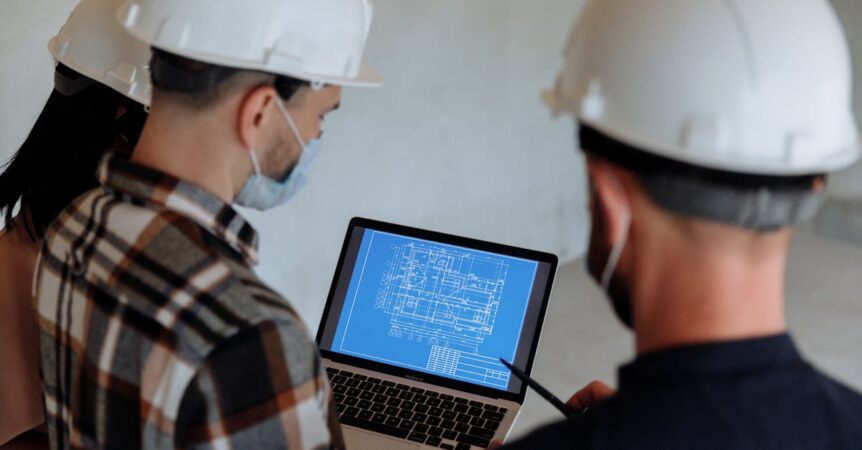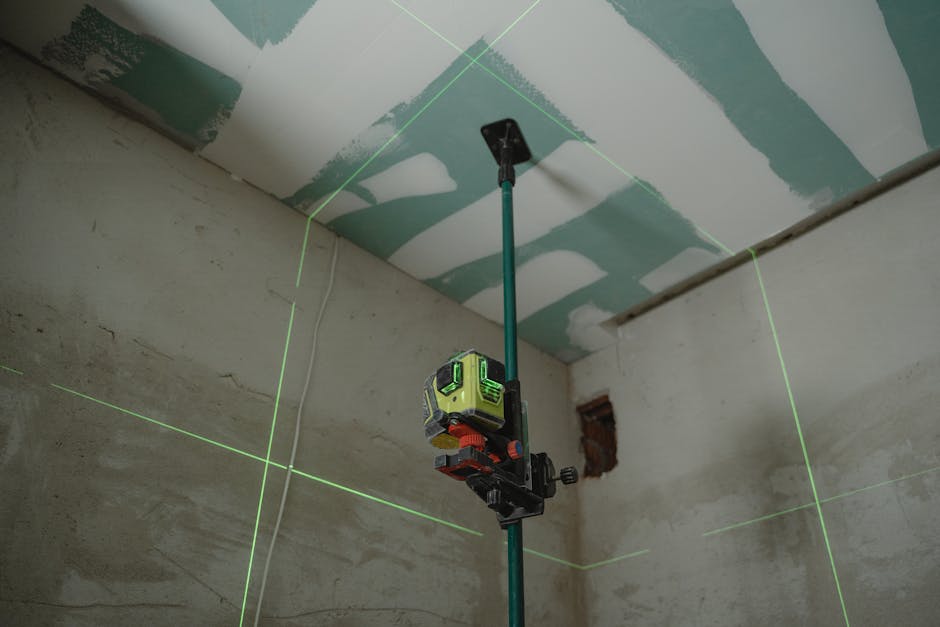
Harnessing Digital Twins for Smarter Construction Planning and Maintenance
Digital twins have evolved rapidly from industry jargon to an operational game-changer for the construction sector. At Hubexo, we see their impact every day across planning, delivery, and facility maintenance. By connecting real-world infrastructure to a dynamic digital environment, construction professionals now have the power to make smarter, data-driven decisions at every stage. In this blog, we’re sharing the perspective we’ve developed from years helping teams across North America and APAC digitize their construction workflows—with a practical, in-depth look at how digital twins can transform your projects, your operations, and your success.
Understanding Digital Twins in Construction
A digital twin is much more than a static 3D model or a project schematic. It’s a living, breathing virtual replica of a physical asset—whether that’s a high-rise, a transport hub, or a factory floor. This virtual model is continuously updated with real-time data from sensors, IoT devices, and facility management systems. As a result, the digital twin mirrors the state, operation, and condition of its real counterpart.
Key characteristics of digital twins in construction include:
- Interactivity: Teams can simulate scenarios, visualize changes, and collaborate within the twin.
- Data-Driven Insights: Leverages inputs from Building Information Modeling (BIM), geospatial data, and facility sensors for a comprehensive digital thread.
- Lifecycle Integration: From design through to occupancy and long-term maintenance, digital twins support hands-on, ongoing asset management.

Why Digital Twins Matter: Real Benefits for Construction Planning & Maintenance
Let’s dive into how we see digital twins delivering value right now in the construction sector:
- Proactive Maintenance: Rather than working reactively, facility teams identify maintenance issues before they become costly, thanks to data feeds indicating anomalies or wear and tear.
- Enhanced Progress Tracking: Project managers use up-to-date conditions from the digital twin to instantly assess build progress, monitor deviations, and make informed calls on schedule adjustments.
- Predictive Insights: IoT-enabled twins enable forecasting of resource consumption, equipment performance, and material usage, reducing waste and trimming unnecessary costs.
- Streamlined Collaboration: Stakeholders—owners, architects, engineers, GCs—work from a centralized, authoritative data source. Silos come down, and communication becomes faster and clearer.
- Regulatory and Quality Assurance: Digital logs, snapshots, and annotations document every step for compliance, warranty proof, and seamless end-of-project handover.
- Operational Visibility: Owners and facility managers benefit from detailed handover packages, including linked specifications, real-time system data, and maintenance manuals. This empowers operations teams from day one.

Quantifying the Impact: Digital Twins vs. Old-School Approaches
| Process Area | Traditional Methods | With Digital Twins |
|---|---|---|
| Site Monitoring | Periodic site walks, prone to reporting lag | Live on-screen updates, remote access anytime |
| Maintenance | Fix-on-fail, with unexpected outages | Condition-based triggers, less downtime |
| Collaboration | Email and fragmented spreadsheets | Synchronized platform, instant sharing |
| Design Changes | Slow, error-prone, expensive | Secure, trackable digital revisions |
| Resource Estimation | Estimates with significant variance | Data-backed planning, less waste |
| Facility Handover | Paper manuals and binders | Digital as-built, interactive O&M access |
How to Implement Digital Twins: A Practical Roadmap
Based on our hands-on work with builders, owners, and facility professionals, here’s an actionable process for making digital twins work for your organization:
- Consolidate Data Sources: Start with reliable BIM models or geospatial data and complement them with GIS, sensor, and IoT streams. Interoperability is key—ensure your digital twin can integrate with legacy and modern platforms alike.
- Select Scalable Platforms: Whether you’re centralizing permit tracking, project leads, or operations data, select technology that can accommodate expanding datasets. Hubexo’s suite—like ConstructionWire for project tracking and Construction Monitor for permit data—is designed for seamless lifecycle integration.
- Pilot on Priority Projects: Roll out your digital twin initiative with a high-visibility project or a facility requiring complex management. Establish concrete before-and-after benchmarks such as reduced RFIs, fewer clashes, or improved asset utilization.
- Train and Upskill Teams: Facilitate hands-on workshops with your operations and maintenance crews, construction supervisors, and design teams. Focus on practical workflows—progress tracking, punchlist closeout, and early defect detection.
- Establish Governance and Security: Define who owns the digital twin, how data is maintained, and who can access or edit what. Data security and privacy must be built in from the outset.
- Iterate and Scale: Review results regularly, refine processes, and progressively expand digital twin deployment across similar or more complex structures in your portfolio.
Emerging Best Practices: Making Digital Twins Work for You
- Close Collaboration is Vital: Coordinate BIM, geospatial, and facility management teams from day one to ensure the digital twin aligns with project requirements and O&M needs.
- Embrace Mobile and Drone Tech: Integrate site capture (for example, drone flyovers) to keep your twin up to date—especially for rapidly-evolving sites or remote assets.
- Standardize Data: Use common data environments and open standards to streamline model updates and facilitate integration with other platforms such as energy modeling or predictive maintenance systems.
- Upskill Stakeholders Together: Use the twin as a training ground, where staff can safely simulate maintenance, emergency response, and routine procedures before addressing real-world challenges.
Why Digital Twins Are Fast Becoming Essential for Future-Proofing
The era of long, costly project overruns, information silos, and inefficient maintenance is ending. As we work with clients and partners across the construction ecosystem, the benefits are clear:
- Built-in Sustainability: Digital twins allow you to model, measure, and reduce resource consumption—making sustainability more achievable and measurable.
- Smoother Handover and Closeout: Seamless digital handover reduces ‘information loss’, enabling facility management teams to hit the ground running and keep assets performing at their best.
- Competitive Advantage: Demonstrated use of digital twins can raise client confidence and pave the way to winning future bids, particularly where data transparency and lifecycle guarantees are valued.
- Long-Term Value: Predictive maintenance powered by digital twins can reduce long-term costs, minimize downtime, and extend asset life—contributing directly to ROI.

Key Takeaways for Construction Leaders
- Digital twins transform traditional construction and facilities management, making processes proactive rather than reactive.
- Lifecycle integration—from early design through to long-term maintenance—is possible when all parties work from a common digital thread.
- Embracing the digital twin approach now positions organizations for compliance, sustainability, and performance demands of the coming decade.
Go Deeper On Construction Intelligence
Digital twins are just one way construction teams are using technology to work smarter and more sustainably. If you’re looking for related insights, check out our in-depth post on how construction analytics is shaping the future of project delivery for an expanded discussion on data-driven project outcomes.
At Hubexo, our mission is to help professionals make confident decisions and build better environments. Explore our suite of solutions spanning the full construction lifecycle—from project identification and analytics to operations and maintenance. Ready to future-proof your next project? Connect with us for tailored insights and tools to get started.

